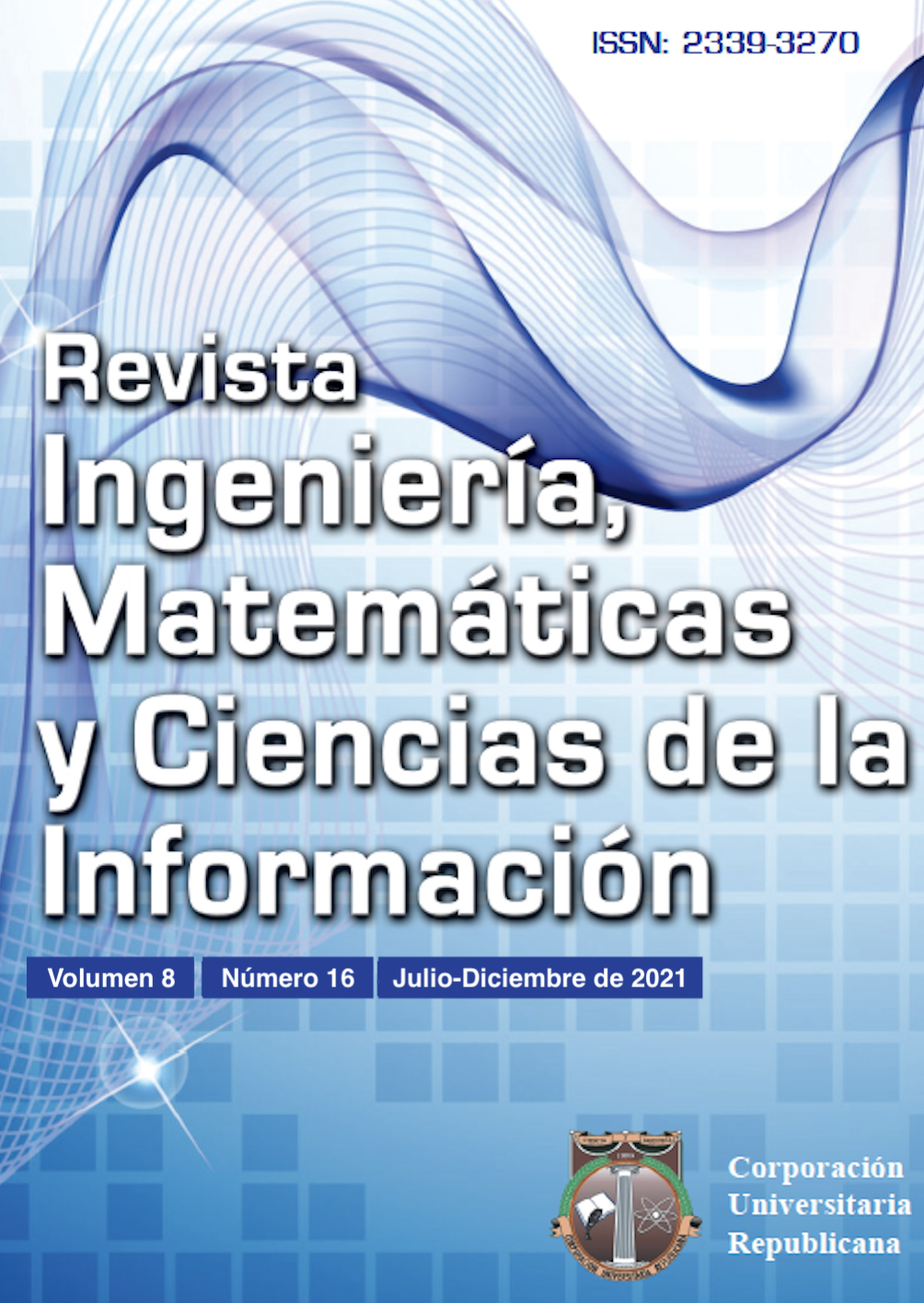Rationalization of processes in the physical review of inventories in the storage area of products finished guaranteeing safety and health at job
RACIONALIZACIÓN DE LOS PROCESOS EN LA REVISIÓN FÍSICA DE INVENTARIOS EN EL ÁREA DE ALMACENAMIENTO DE PRODUCTOS TERMINADOS GARANTIZANDO LA SEGURIDAD Y SALUD EN EL TRABAJO
Show authors biography
The company on which this study was carried out performs a technical review of the inventory once a month, with a level of confidence and accuracy of 100%, although its level of precision is very high, it is necessary to change the how inventory control is being executed, since the current method exposes the operator to unnecessary and infallible risk, which has motivated the operations manager to request a change in the process. However, the process with which the inventory is currently being verified requires more man hours and the payment of overtime to its workers to complete the activity, generating an increase in nominal costs. For this reason, the objective of this work is to optimize the method of operation in the physical review of the inventory, allowing it to improve its effectiveness, reduce nominal costs, execution times and guaranteeing safety and health at work.
Therefore, the work was carried out through descriptive applied research, developing strategies that start from theories, in order to apply them and thus give an optimal solution to the problems found in the company. Likewise, a quantitative investigation was implemented where the data emerged from a field work carried out in the finished product storage area, through a study of times and movements in the inventory review. Additionally, a cost analysis was carried out, accompanied by various simulations that made it possible to establish which is the appropriate machinery for the process. As a result, it was determined that the drone and the zigzag method is the optimal solution for the physical review of inventory by reducing risks, costs and execution times.
Article visits 837 | PDF visits 569
Downloads
- G. Kamawaty, “Introducción al estudio de trabajo”https://higieneyseguridadlaboralcvs.files.wordpress.com/2012/08/introduccic3b3n-al-estudio-del-trabajo-oit.pdf. 2012.
- COLPATRIA AXA, “Seguridad Industrial: Trabajo en alturas”. https://www.arlcolpatria.co/PortalUIColpatria/repositorio/AsesoriaVirtual/a201512100454.pdf. 2015.
- ARLSURA, “Resolución 1409” https://www.arlsura.com/files/res1409_2012.pdf. 2012.
- A. Pérez. “Innovación tecnológica: tipos y características principales”. https://www.obsbusiness.school/blog/innovacion-tecnologica-tipos-ycaracteristicas-principales
- SIMIO, “inicio: simulación de procesos y operaciones” https://www.simiosimulacion.es/#:~:text=SIMIO%20es%20un%20software%20de,log%C3%ADsticos%2C%20industriales%20y%20de%20servicios
- M. López Trujillo and J. Correa Ospina, “Planeaciónestratégica de tecnologías informáticas y sistemas de información”. Universidad de Caldas. Manizales- Colombia, 56p, 2007.
- J. Porto Pérez and M. Merino, “Definición de: Definición de racionalización” https://definicion.de/racionalizacion/
- “NTC ISO 31000 del 2018” https://sitios.ces.edu.co/Documentos/NTCISO31000_Gestion_del_riesgo.pdf. 2018.
- Y. Duran, “Administración del inventario: Elemento clave para la optimización de las utilidades de la empresa” https://www.redalyc.org/pdf/4655/465545892008.pdf. 2008.
- L. Krajewsky and L. Ritzman, “Administración de operaciones: estrategia y análisis,” in Pearson educación, Boston, 154p, 2000.
- F. Mayer, “Estudio de tiempos y movimientos: Para manufactura gil,” in Pearson educación, 168p, 2000.




